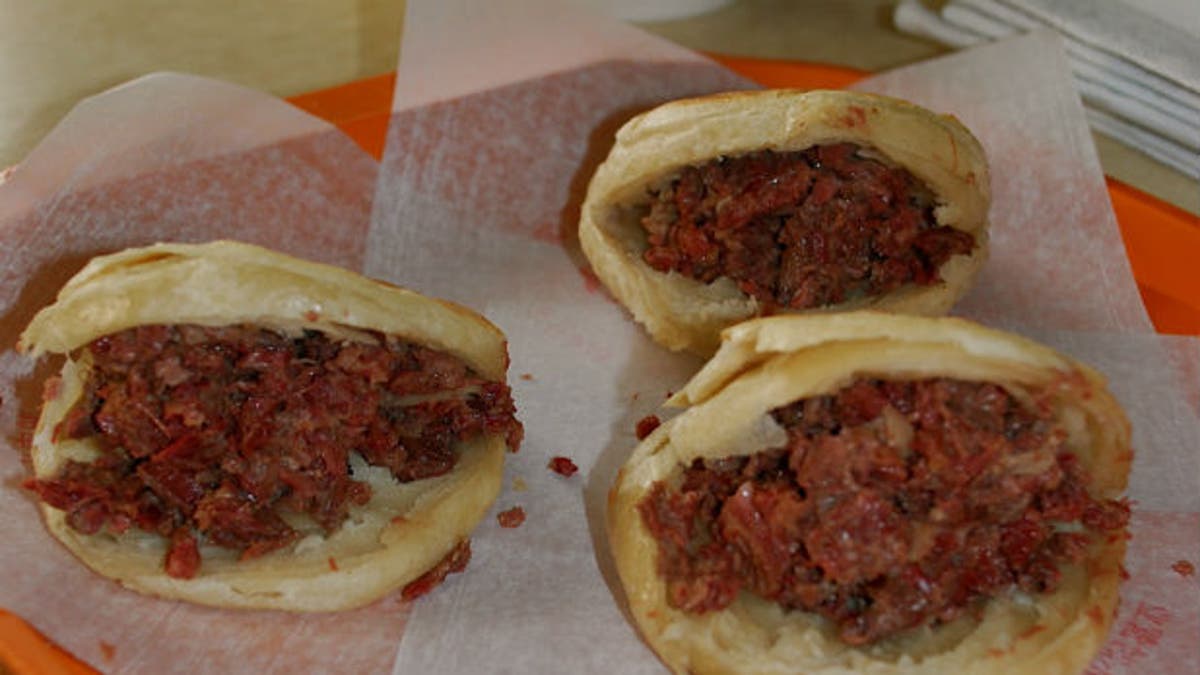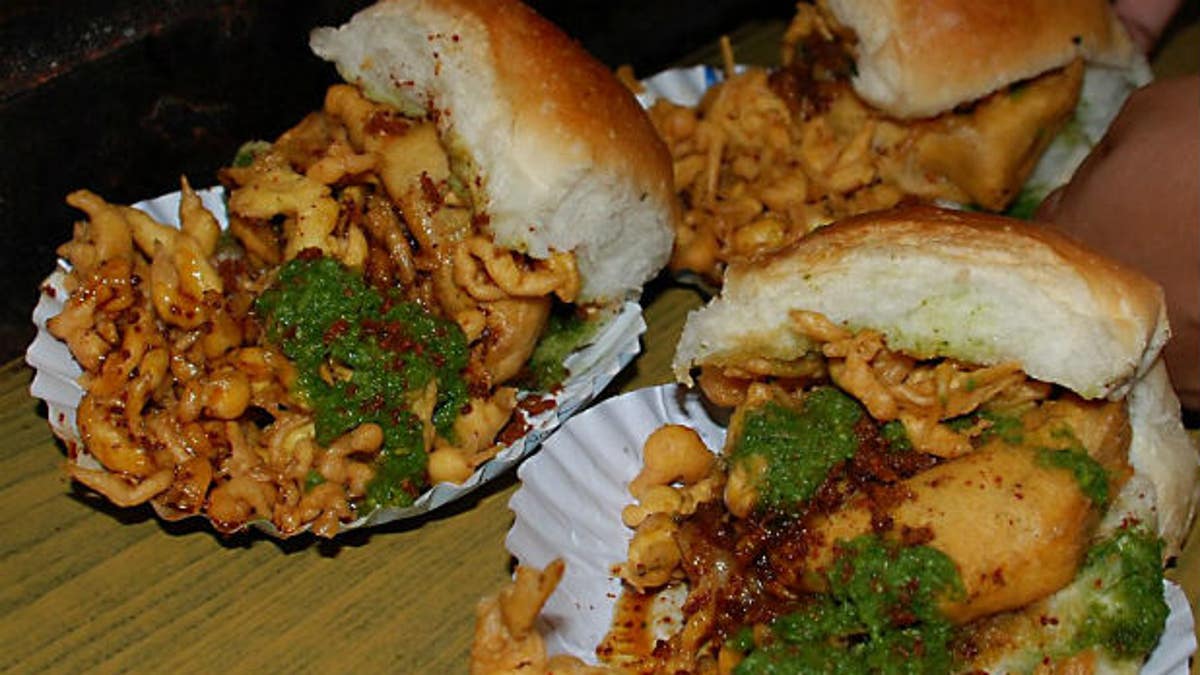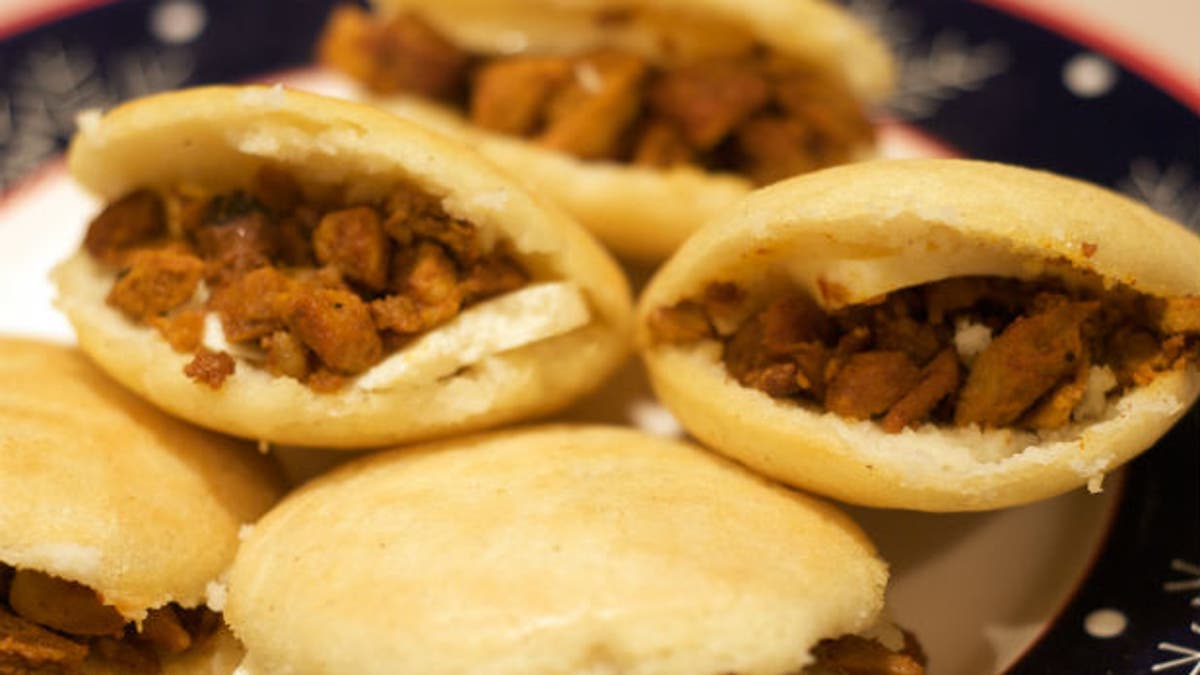There’s a lot you can do with two slices of bread and a handful of fillings. Sandwiches are quick to prepare, versatile, easy to enjoy in your home, in a restaurant, or on the go, and can be as complicated or simple as you need them to be. And everyone has their favorite — from a plain grilled cheese sandwich, to a more adventurous seven-layer concoction that could feed a family of four.
The average American eats close to 200 sandwich a year. Its curious name comes from the fourth Earl of Sandwich, otherwise known as John Montagu. In the late 1700s, French writer Pierre-Jean Grosley recounted his observations of English life in a book called Londres. And these were the lines that started it all:
A minister of state passed four and twenty hours at a public gaming-table, so absorpt in play, that, during the whole time, he had no subsistence but a piece of beef, between two slices of toasted bread, which he eat without ever quitting the game. This new dish grew highly in vogue, during my residence in London; it was called by the name of the minister who invented it.
Depending on who you ask, this rendition may or may not be completely true but the book was incredibly popular and the story took hold. Soon the name was official, and whenever you ate two pieces of bread with something in the middle, you were eating a “sandwich.”
Every country has its own version of the sandwich that embodies the culture, tastes, and flavors of its people and their history. In China they enjoy a delicious donkey meat burger that may seem an odd combination in the U.S. but it’s as normal to that culture as a PB&J sandwich is over here (which incidentally the rest of the world thinks is a pretty strange combination).
Sandwich tastes also vary depending on what type of bread you like: ground maize arepas (if you’re in Venezuela), soft foot-long rolls (for Vada Pav in India, or Gatsbies in South Africa), or just plain old white Wonder bread. Take a look at how the rest of the world eats their sandwiches and see if there’re any you’d like to try.
1. Vegemite Sandwich — Australia

(The Daily Meal/Flickr/ Ruben)
This simple snack is iconically Australian and popular down under. It’s two slices of toast smeared with the yeasty brown paste, which as a bonus happens to be one of the richest known sources of vitamin B. Vegemite is made from the leftover yeastextract that’s a by-product from beer making. It’s salty and slightly meaty in taste and is enjoyed all over the world. Incidentally, many other countries (like England and South Africa) enjoy the similar product called Marmite, with a slightly different yeasty flavor, but no matter the name it’s still incredibly popular.
2. Donkey Burger — China

(The Daily Meal/Flickr/ Ian Riley)
Donkeys are a pretty popular food source in China and Europe; the animals are usually raised both for their milk and meat products. The donkey burger is a hot sandwich (or though it has been known to be served cold) in Chinese cuisine and is heavily spiced and served on a bun. The best kind of donkey meat is slow-cooked between eight and 20 hours, so the meat retains it color and tenderness. Donkey meat is also a rich source of protein, iron, calcium, and phosphorus.
3. Vada Pav — India

(The Daily Meal/Flickr/ Saan Challi)
Known as either Wada Pav or Vada Paav, this is arguably one of India’s favorite street foods. This handheld spicy veggie hamburger is made from batata vada potato fritter sandwiched between two slices of pav bread and traditionally comes with chutney made from shredded coconut, tamarind pulp, and garlic. Vada Pav’s origins were as a food for the poor (because it’s cheap to make), but it quickly caught on nationwide and is now one of India’s favorite fast food dishes, served even in the fanciest of hotels.
4. Arepa — Venezuela

(The Daily Meal/Flickr/ Josh)
Arepa technically refers to a delicious, chewy, crispy, maize-dough flatbread sandwiches filled with pretty much anything you could imagine, from chorizo and plantains to beef, pulled pork, cheese, and avocado. Traditionally arepa preparation is labor-intensive, requiring that the maize kernals be peeled and ground in a large mortar. If you’re pressed for time though, you can buy the maize flour and a kitchen appliance to make the arepas that look similar to a waffle iron.
Check out more sandwiches from around the world.
More from The Daily Meal
12 Delicious Takes on Grilled Cheese Sandwiches
